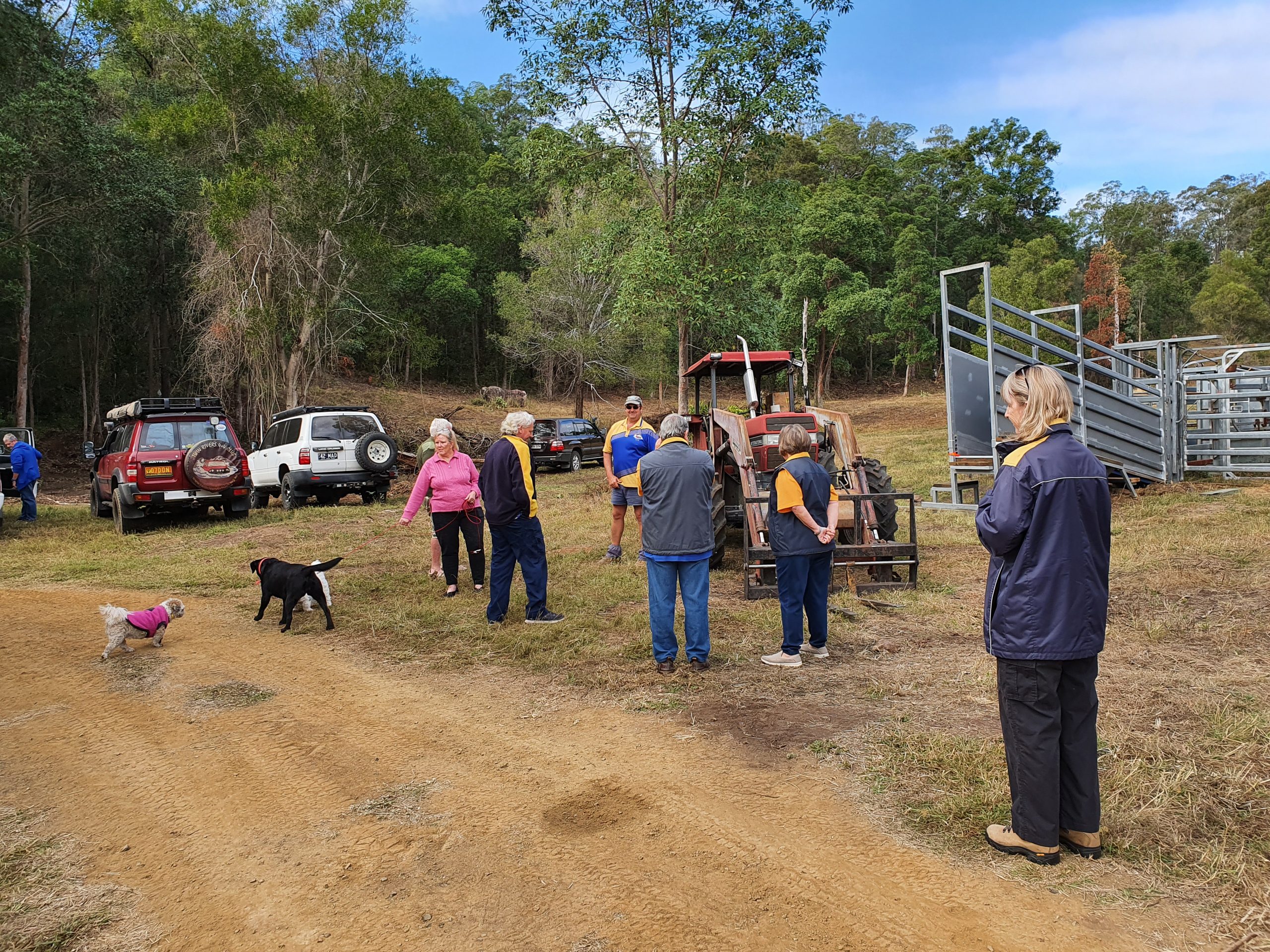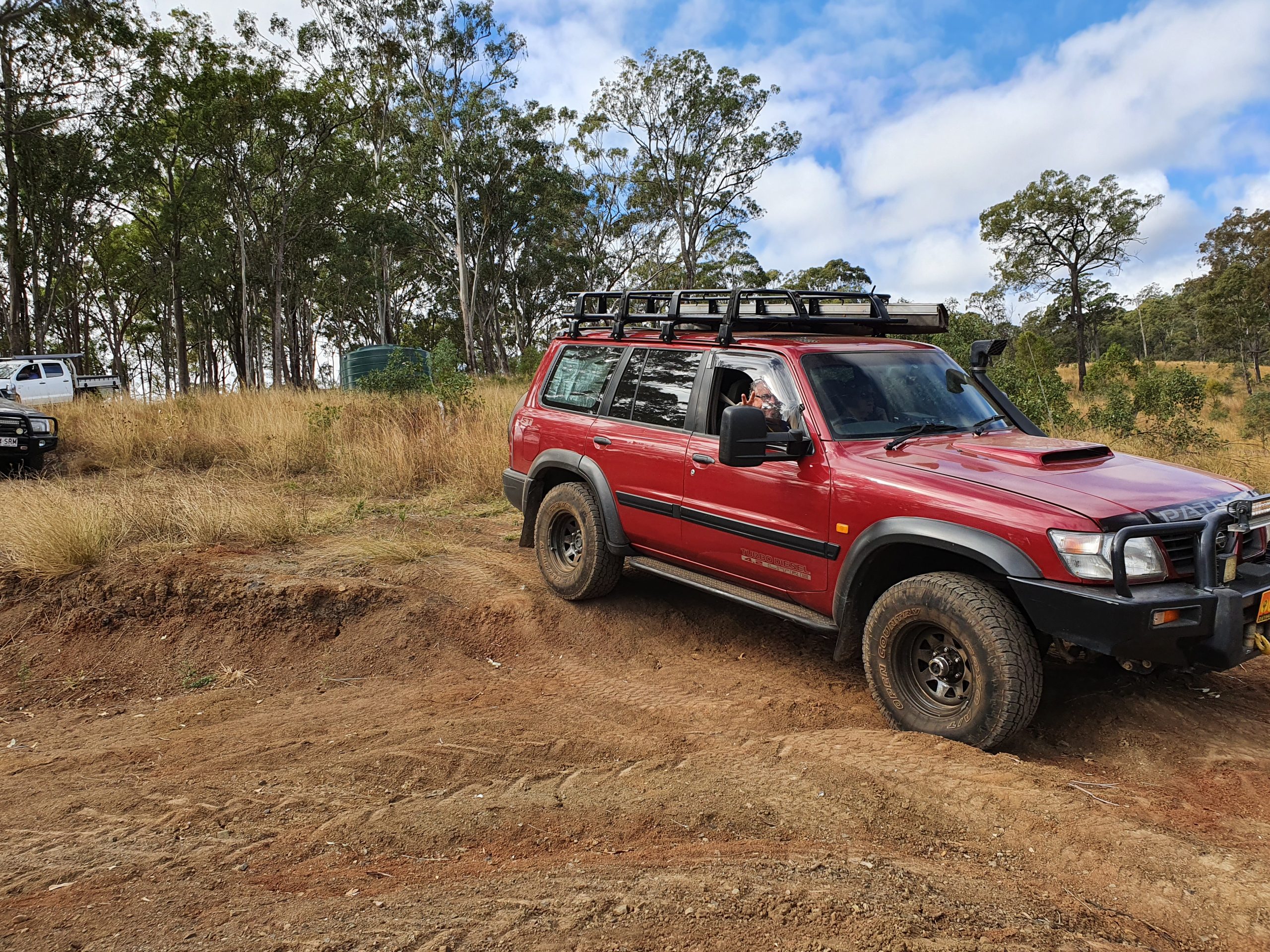Twin Rivers 4X4 Club By-Laws
INDEX
Club Aim
The aim of the “Twin Rivers 4×4 Club” is to incorporate recreational four-wheel driving with social and family outings, camping trips, driver education and public awareness whilst promoting safety both off road and on road and encouraging environmental conservation.
Club Objectives
- To promote goodwill, fellowship and social interaction between members.
- To promote the conservation of the natural environment through responsible recreational activities.
- To promote safety both on and off road.
- To educate, cultivate, develop, teach and otherwise inform members and the public, if necessary, in the proper handling and responsible attitude in the use of four-wheel drive vehicles.
- To promote, improve and develop driver skills and awareness.
- To encourage and develop camping and recreational activities.
- To co-operate and affiliate where possible with other organisations having similar interests.
- To assist with community services in the interest of promoting recreational four-wheel driving.
- To assist individuals, clubs, associations and organisations in any matter considered appropriate by the Association and to do such things as are lawful and conducive to the objects of the Association.
Membership
- For the purpose of these by-laws, only those activities that have been minuted shall be recognised as official club activities. Any activity not approved shall be considered as members’ private activity.
- All non-financial members ie. prospective members, visitors, guests etc on trips, events and activities. shall be included as “Temporary Members” and must abide by Club By-Laws, Rules and directives.
- All members and temporary members shall at all times abide by the regulations laid down by the relevant Government authorities, owners of private property and Motor Traffic Regulations.
- No member shall act in any manner prejudicial to the interest of the Club.
- Any member who at the time identifies themself with the Club either visibly or in any other way whatsoever, shall be bound to comply with these by-laws for the full duration of the time in which such identification may be possible.
- All members and temporary members participating in Club activities shall at all times abide by the direction and instruction of the appointed trip leader for duties in respect to:
(a) Safety to other members.
(b) Route to be taken,
(c) Fire precautions and restrictions.
(d) Care and respect of private property,
(e) Any other instructions issued for a particular activity.
- The passenger or driver of any vehicle will not consume intoxicating liquor during the driving portion of any Club activity. Alcohol may be consumed in moderation during a meal break or once stopped for the night at camp.
- Pets on Club outings are permitted as per trip leader directions (subject to venue rules). Where a pet is allowed, the animal and its actions remain the responsibility and liability of the owner/carer.
- Members will ensure that there is no rubbish left at any stopping place. All rubbish is to be removed from the area and disposed of in the correct manner. All campfires are to be properly extinguished prior to departure from campsites.
- Club members shall be obliged to remove all Club and Association stickers prior to their vehicle’s disposal.
Rules Of Membership
- The Club only accepts members who own a registered 4WD vehicle. It is advisable that the vehicle should be able to engage in low range.
- Any prospective member must attend a minimum of one event and a maximum of three events, being either meetings or trips, before being nominated to join as a member.
- Membership of a prospective member must be nominated by a current member and seconded by another current member.
Membership Fees
- A renewal fee shall be due on 1 July of the current year and will expire 30 June of the following year.
- Annual Fees are scheduled on a standard financial year with a pro-rata rate applicable from the 1st January to 31st March. However, new members joining after 1st April, will pay full membership fee and be financial for the next 15 months to 30th June the following year.
- If membership renewal fees are not paid by the end of August, that membership shall be considered to have resigned from the club.
Committee Rules
- Two members of the same family or membership may hold positions in the Committee.
- Members of the Executive Committee shall consist of President; Vice President; Secretary; Treasurer and three Management positions. These positions will be elected at the AGM.
- Subcommittee positions shall consist of: Trip Co-ordinator; Editor; Merchandise Officer; Membership Officer; Association Representative; Environmental Officer; Technical Officer; IT Support Officer and Sergeant at Arms. These positions will be appointed by the Management Committee.
Vehicle Requirements
- All vehicles on trips must have rated recovery points fitted front and rear and carry minimum recovery gear ie shovel, snatch strap, rated D shackles or bow shackles, UHF radio and recommended – fire extinguisher and first aid kit
General
- Twin Rivers 4×4 Club documents:- Trip Procedures and Convoy Procedures shall form part of these By-laws and Rules.
Appendices:-
Trip Procedures
- When driving with the club, Road Rules apply at all times.
- All persons – drivers and passengers, participating in Club activities shall at all times abide by the direction and instruction of the appointed trip leader for duties in respect to:
(a) Safety to other members;
(b) Route to be taken;
(c) Fire precautions and restrictions;
(d) Care and respect of private property;
(e) Any other instructions issued for a particular activity.
- The passenger or driver of any vehicle will not consume intoxicating liquor during the driving portion of any Club activity. Alcohol may be consumed in moderation during a meal break or once stopped for the night at camp.
- All radio communication while an obstacle is being encountered should be directed to the Trip Leader or the nominated “Tail End Charlie”. Radio communications not directly related to negotiating the obstacle shall be kept to a minimum.
- When an obstacle is being negotiated, each driver should wait at a safe distance to render assistance, if needed, to the following vehicle.
- Each vehicle, once they have cleared an obstacle shall announce the way clear for the following vehicle.
- Vehicles carrying equipment and personnel, (i.e.: winches, first aid officer, first aid equipment, Doctors, beds, recovery gear) will be classified as emergency vehicles, and as such must be given clear passage and right of way.
- When winches and snatch straps are being used all persons are to stand clear of winch cables and snatch straps (at least one and a half lengths in all directions).
- It is the responsibility of the vehicle owner and driver to ensure their vehicle is of sound mechanical condition and that an adequate supply of water, food, fuel and spares are carried on trips.
- Each vehicle should carry a first aid kit suitable for the activities to be performed on the trip, the number of people relying on the kit and the expected time required to obtain medical care. First Aid training is also a desirable asset to the convoy.
- Gates shall be left in the state in which they were found, unless otherwise specified by the Trip Leader. Ensure livestock doesn’t pass through while the convoy has the gate open.
- What is carried in, must be carried out – i.e. rubbish.
- Respect our wildlife. Stop and look, but never disturb or chase animals.
- Any inbound vehicles encountered by the convoy while off road, should be provided with the number of vehicles in convoy, to reduce the likelihood of “surprises” as the vehicles pass by. The “Tail-End Charlie” may also communicate to the passing vehicles that the road ahead of them should be clear.
- Pay attention to fire restrictions. Extinguish your fire before leaving. Don’t let your exhaust emit sparks. Every care should be exercised in the art of lighting fires and the control of fires.
- Keep to restrictions on public land. Respect national parks and their conservation areas, especially with relation to die-back.
Convoy Procedures
Start:-
At the commencement of the trip, the Trip Leader shall arrange the convoy order and nominate a vehicle to be last in the convoy (Tail End Charlie).
All vehicles shall stay in the convoy order unless directed otherwise by the Trip Leader.
Communications:-
Convoy communication shall be by the designated UHF Radio channel selected. The Twin Rivers 4×4 Club’s channel is 9 UHF.
If you are unable to make radio contact, flash your headlights onto the vehicle ahead. This is a signal for the rest of the convoy to stop.
Keep unnecessary chatter on the radio to a minimum when navigating difficult areas.
If in any doubt of the best/safest way to proceed through hazards/obstacles, ask the Trip Leader or a more experienced driver for advice. Remember you probably won’t be the only one experiencing difficulty.
Acknowledge all radio calls from the Trip Leader.
Travelling:–
It is the responsibility of all drivers within the convoy to ensure they remain behind the Trip Leader and in front of the “Tail-End Charlie”, except under exceptional conditions, where the Trip Leader gives permission for the convoy to break formation.
Keep a safe distance behind the vehicle you are following at all times, to facilitate other road users who wish to overtake, allow for speed variations of the vehicle in front, and to allow a safe stopping distance between vehicles.
On arrival at an intersection where no vehicle is waiting and the driver is in doubt as to the correct direction, they shall attempt to contact another member of the convoy (preferably the Trip Leader) and confirm the direction they should take. If attempts to contact the convoy fail, they should back track to a point they are confident was on the route taken by the convoy and stop to wait for the convoy to return.
You are responsible for the vehicle behind you and at any decision point (corner, deviation, obstacle):
- Wait for the following vehicle.
- Indicate where to go (use indicators if appropriate)
- When acknowledgment is received, then proceed.
Drive at your COMFORTABLE and SAFE speed. Generally, keep 4-6 vehicle lengths distance between vehicles and keep the convoy moving.
On steep inclines/obstacles:
- Proceed one vehicle at a time.
- Call the next vehicle through when you are clear.




